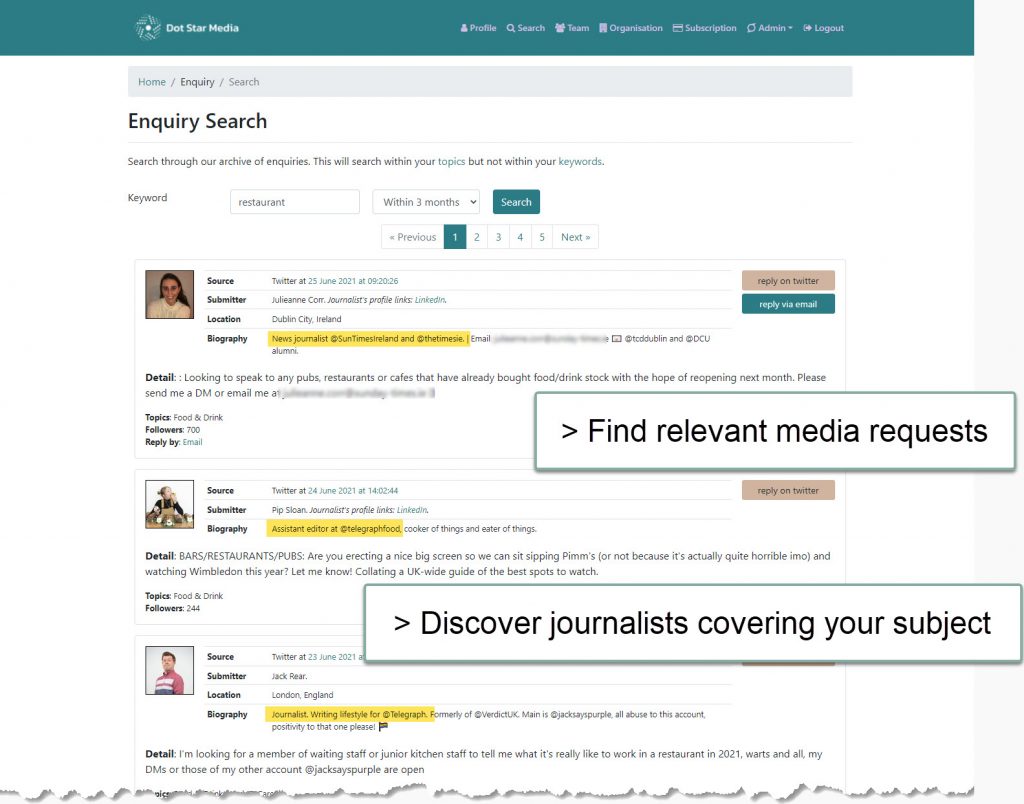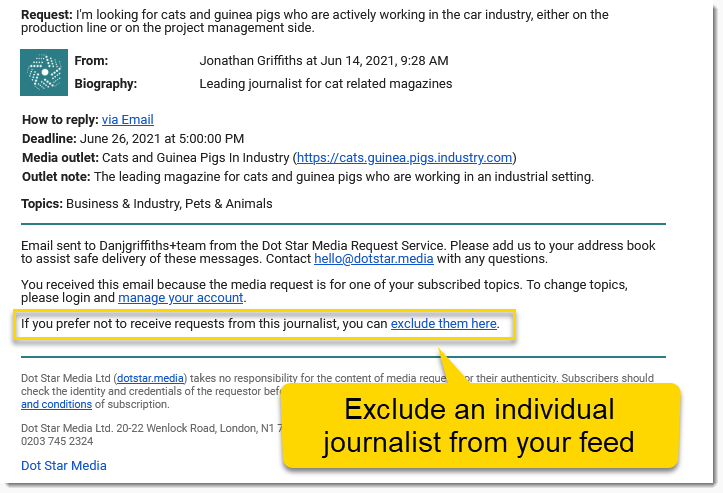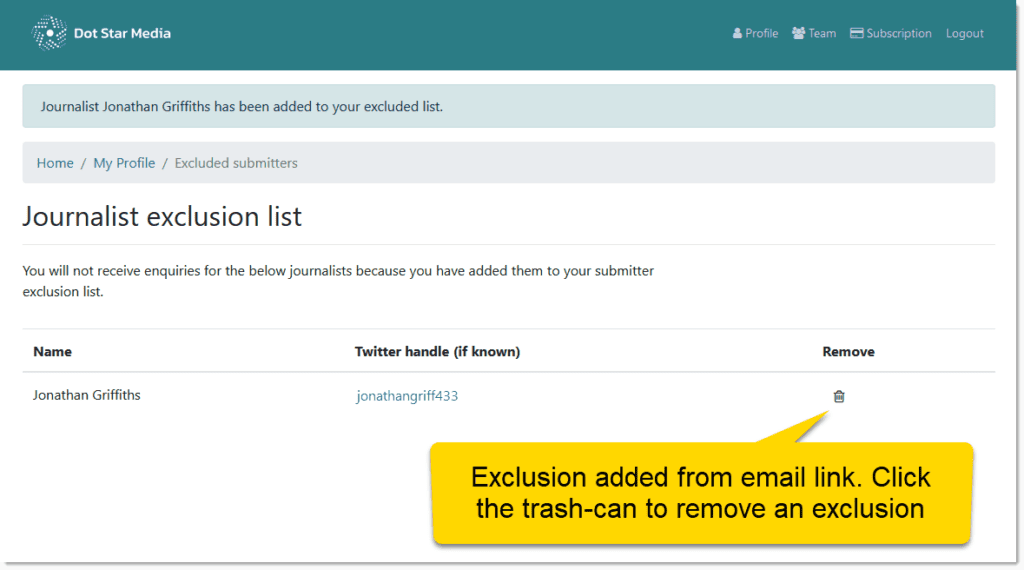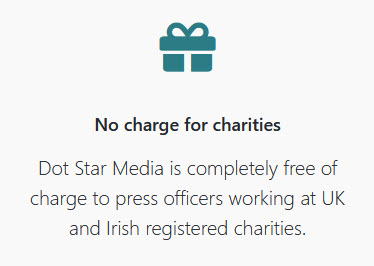Connect with a large and diverse network of sources
Dot Star Media has built a large and diverse network of sources who can help journalists with their stories. Today there are over 600 organisations receiving requests. Journalists can use Dot Star Media to easily – and rapidly – ask questions and receive comment from hundreds of businesses, PRs, universities, and charities.
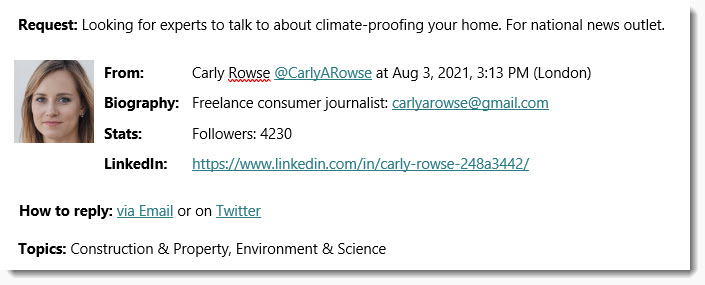
How journalists reach the Dot Star Media network
Subscribing organisations receive alerts by email or straight into their Slack or MSTeams software. We send thousands of individual alerts every day. Journalists wanting to connect with the Dot Star Media network can do so in two ways:
Use #journorequest
Include the hashtag #journorequest in your tweet. This makes it simple for anyone following the hashtag individually, and the various PR networks, including Dot Star Media, to pick up your request.
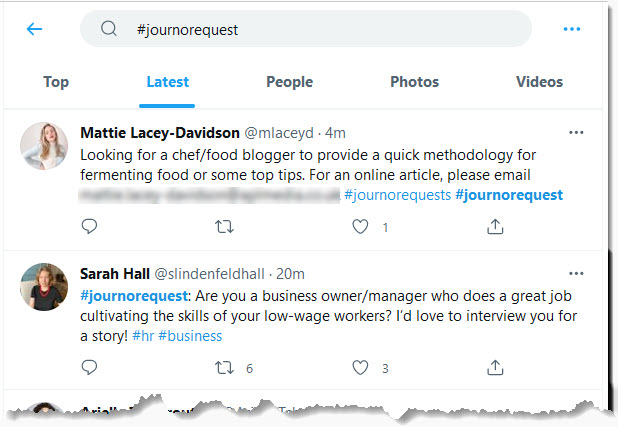
Submit a direct journalist enquiry
For requests that are too detailed for Twitter, or to simply access the Dot Star Media network outside of Twitter you can submit journalist requests directly using this media request form.
For security and efficiency, we won’t distribute your request until you have confirmed your email address via a ‘magic link’, so that replies go straight to you.

Journorequest process diagram
This diagram summarises the system. Replies from sources to the journalist are made by email or Twitter. We don’t intercept or interfere in the reply process. We simply connect journalists with sources, and then get out of the way.

Graphic made with PowerPoint! – design not my strongest skill. Please get in touch us with any questions about how the Dot Star Media journalist enquiry service works.

